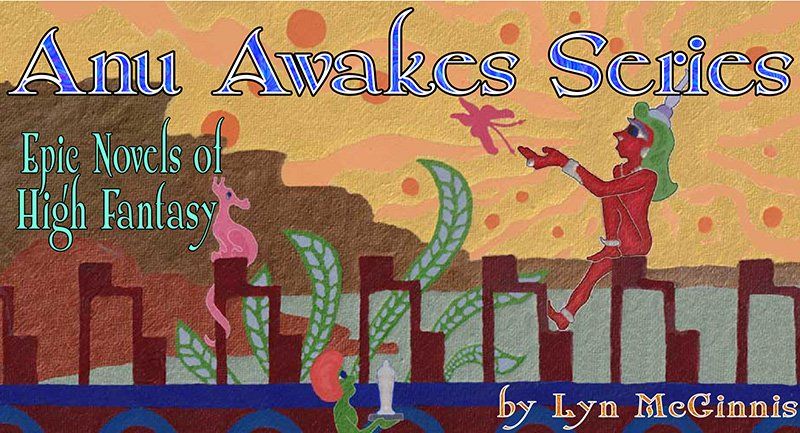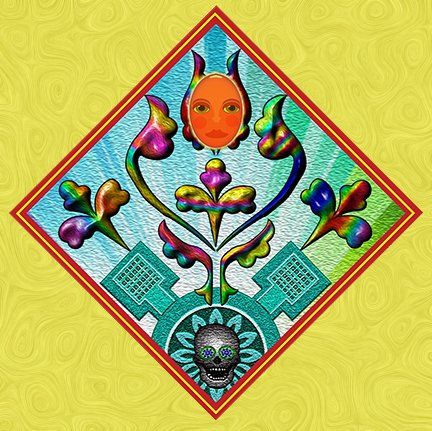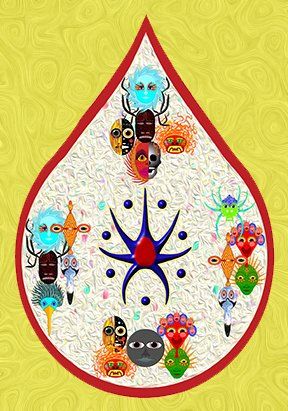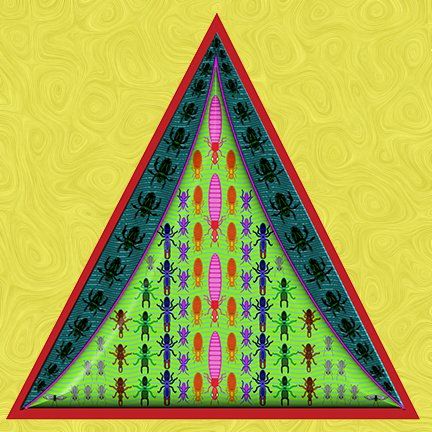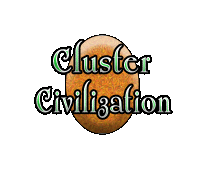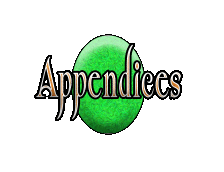
“In the vast ocean of Yeldic existence, many tides and currents are perceived. The Mantle may gently guide and direct these currents as needed. Through Tatchlan, we occasionally encourage or discourage the development of a multitude of interlocking idea systems that recur with changing and returning circumstances. Some arise only to fall within a single decade; others persist for millennium. One of the great unknown labours of the Mantle is managing innumerable thought eddies with a relatively small number of larger main currents in a continuous equilibrium. With rare exceptions, mainly created by unique circumstances, these eddies are the short-lived cults and associations forming predictable scale and range of activity. Most are emotion-based and local to a given cluster or location. They burn bright, serving to highlight and enliven the larger outline. This novelty may stimulate new comprehension or recall forgotten insight. Once a benefit is found and secured, the novelty sinks back into the larger pattern.”
Danam Yeldic Majastas Kitheshal VIII 58,722 UKC, N 10,003

Generational Pause
Most of these immense undertakings take place nearly invisibly over many generations. This ensures there is stability and continuity for each generation living their lives. There are occasions where some of these events of necessity must take place in a comparatively brief time frame, meaning one or more generations may see its initiation and conclusion. In the case of these more dramatic changes, the Majastas ensure these events are followed by what is known as the Generational Pause. This usually takes the form of an entire generation arising and falling away after completing the work. This way, all disruption is concluded, and a peaceful adaptation may occur before any new commencement of Majastas labour.
Majastas Inhibition
As with much of this monumental activity, this episode, which may extend over several generations, is invisible to those affected. The laying of this Inhibition is usually a portion of a larger Generational Plan, requiring The Common Desire to be diverted from specific areas, leading to blindness, and allowing for painless modification. Honoured Historians have also interpreted these periods as another version of the Generational Pause, separating at least one generation of past drama from the present resolution. There are notable cases where certain Sensitives, or others of profound perceptive abilities, are disquieted by a growing awareness just as the Inhibition is relaxed. With the general release, they are the first to apprehend the contents of the now-opened door.
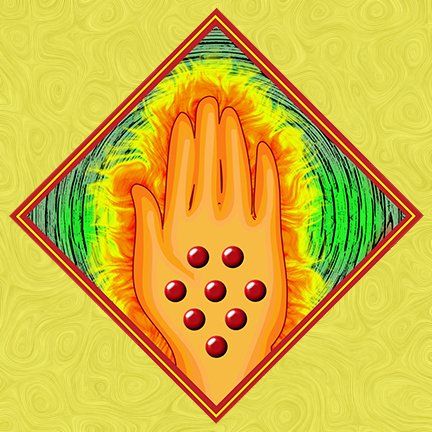
Yeldic Momentous Correction
There is no record of this term before it was used by the first Majastas of the Danam Yelda’s Texen-Sho Dynasty in 70,222 of the Emaxul Age (344,372 UKC). The oblique reference was found in five pieces of Her Majastas Annotations. Only after the death of Majastas Dreamer Texen-Sho I did Honoured Historians, finding no prior use of it, conclude She had coined the term. The placement of it within particular historical and current Census material was ambiguous. Majastas Jalalun-Juna II used the name in the year 227,329 of the Emaxul Age (501,479 UKC) in Her own Imperial Marginalia. Esteemed Librarians have since concluded it was improbable. She would have reason to review Annotations from the distant Texen-Sho Dynasty. Her references are also ambiguous, although history notes She was troubled on the subject.
Such unlikely coincidences have lent further credence to the Honoured Historian’s ‘Conglomerations Theory.' It suggests successive Majastas had constructed an animate sigil formation within the Living System to communicate serious matters with consecutive members of their dynasty and subsequent dynasties that they chose not to commit to paper. The term refers back to the ancient ‘Breathing Seals Conglomeration,’ still alive within Tatchlan, which not only recorded common Anomalies and how to deal with them but communicated the lamentable errors of the Primary Epoch to all Majastas of the Secondary Epoch. Such profound works are presumed to dwell at such depths within the Living Orb that only Majastas, having achieved The Throne, may locate. One hundred and eighty thousand years later, in 407,942 of the Emaxul Age (682,092 UKC), Majastas Majastas Seneferuz IV evolves the term several times and declares.
“Tatchlan’s glorious garden, the face of all life, needs tending.
The Yeldic portion must find new soil to grow in.”
Further details will be found on the Danam Yelda page.
Majastas Between
Throughout the Primary and Secondary Epochs, many combinations of one of the Spokes of the Cluster Wheel and a Majastas are well documented. While all Majastas begin as Maja, other Spoke combinations are relatively infrequent. These are known as ‘Majastas Spokes.’ In the case of Betweens, these may take on a singular manifestation. While a new Majastas may grow into a Giant for other reasons, not all Majastas Betweens become Giants; those who do are unique. Only Majastas Multitudes surpass Giant Majastas Betweens in their grandeur and majesty. They retain one set of limbs, but all are magnified in their unique form of sovereignty. They also become exceptional beauties, showered affectionately and celebrated with numerous art, literature, and dramatic depictions.
The most-ancient Tolku noted this feature among their Majastas Betweens, leading to much speculation about the general unique depths of Betweens. Completes, who manifest a more profound sign of Tatchlan in many ways, have never displayed any sign of Giantism. On rare occasions, when a Majastas Between, who was not until then a Giant, has to absorb a Healing Vat, they may manifest this aspect of their Presence.
During the Nantu Age of the Secondary Epoch, fifty-eight Majastas Betweens were interspersed across its eighteen dynasties.
Majastas Touched
While all Majastas begin as Maja, ‘Spoke Compilations’ are less common. One of the least Spoke and Majastas combinations seen is that of a Touched becoming a Majastas. This presents both wondrous opportunities and unique challenges. Such a Majastas may have profound sensitivities, producing a unique Mantle able to plumb depths and discern subtleties unknown to all others. As with most Touched, communication with others on the Skin of Anu remains the primary issue. How this novel situation was first dealt with in the Primary Epoch is unknown. Still, it is clear the first reference to a Majastas Touched during the Primary Epoch immediately brings about the construction of what is known as the ‘Majastas Chorus,’ a collection of Sensitives acting as the collective voice for the Majastas. Due to their unique presentation, assemblies of the Majastas Touched and their Chorus have found a disproportionate place in literature and theatre.
During the Nantu Age of the Secondary Epoch, seventeen Majastas Touched were interspersed across its eighteen dynasties.
Majastas Complete
These are said to be the most beautiful of all walking beings. They are magnified in all the graces of Completes and have been known to cause supreme joy and heal maladies just by coming into view. These rare forms of Majastas came to have a close association with Acoons due to their ability to bring peace and joy to many forms of mental suffering. Majastas Complete Bakasha-Duta II opened a new chapter in the glories of Majastas Completes by bonding with Acoons in such a way as to magnify their powers. This infusion of potency was due to Herhis ability to reverse the usual process and infuse the host Acoon with what would come to be known as ‘Acoon Blood.’ Only a tiny percentage of all Majastas Completes were able to accomplish this.
During the Nantu Age of the Secondary Epoch, thirty-seven Majastas Completes were interspersed across its eighteen dynasties.
Majastas Dreamer
This group of Majastas appeared as all others on the Skin of Anu. Their distinction came within the Living System of Tatchlan, where they were found to possess abilities to read and modify one of the most profound and mysterious legacies of the Primary Epoch, the Breathing Seals Conglomerations. This greatest of all Primary Epoch Troves is a living library surpassing all surface libraries. They were crafted by generations of Majastas Dreamers of the Primary Epoch for a select few Operants and the succession of Majastas of the Secondary Epoch. While some ‘Majastas Spokes’ appear to have had a particular facility in reading these ‘breathing entities,’ Majastas Dreamers alone could modify existing Conglomerations and fashion new ones. Only they could set down further instructions for succeeding Majastas in this most profound form of Majastas generational communication. A secondary but no less vital service they provided was the ability to turn and modify the backs of the Twelve Principal Faces of Tatchlan and the multitude of Secondary Faces. While other Majastas and Majastas Spokes possessed similar skills, it is clear that Majastas Dreamers were also masters of this arcane art.
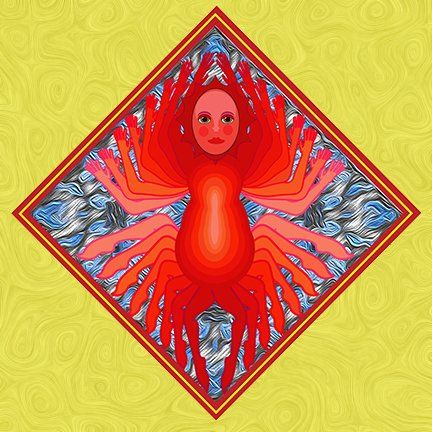
Majastas Cluster
On the occasion of The Mantle’s migration from a Majastas and their cluster to a new Majastas outside their cluster, a unique set of changes occur. While the recipient of The Mantle is transformed immediately into a new being with the Mantle rising ‘through their feet,’ there is a gradual metamorphosis of the entire cluster. While taking many forms, the chief change is an almost immediate increase in the birth of Maja. This trend accelerates to the point that within a generation, all newborns in this cluster are Maja and fulfill the exact percentages of the remaining Spokes of the Cluster Wheel through an unprecedented rate of ‘Spoke Compilations’ and the flowering of a remarkable number of the Eight Living Jewels. The one exception is Mundanes, which vanish from what is now the Majastas Cluster. This leads to the Majastas Cluster employing a vast company of Mundanes to serve them in various essential ways. This benefits surrounding clusters where the Mundanes originate, as their percentages of Spokes of the Cluster Wheel increase due to these Mundanes giving birth to exceptional offspring. Whatever the former Cluster Grade, the population increases beyond all bounds, resembling one or more Encirclements. Another unique feature is a very high percentage of these Maja become Invocates and Operants in Ripe Adulthood, serving critical roles in many ministries. These Majastas Clusters also produce exceptional talents in diverse forms and often grow a variety of in-depth cultural refinements. In this rarified environment, specialties such as reading the Sigil Cubes have become one of many defining features. Without exception, the Majastas Cluster continues in this profound existence, sometimes through hundreds of generations, through all the successive Majastas of the dynasty. They are often the source of the defining cultural features of the many ages of their existence. There is only one other instance where a cluster produces many Maja with each generation, the rare Invocate Cluster.
For the former Majastas Cluster, a different set of observances is described below upon receiving the ‘Dynastic Termination’ designation from the Chancellery. They begin with the Dissolution Ceremony.
Sixth Night Phase: Hour Twenty-Seven (Myka Nu) and Hour Twenty-Eight (Dancing Eyes)
The Faces of Vashivonos and Hashahanu oversee the sixth set of Night Hours. Larpana Plants become pale purple with black patterns and become deep purple with black borders.
The Koru Majastas rests and eats within the bosom of the Majastas Cluster before entering the Living System again to scrutinize The Common Desire.
The Danam Yeldic Majastas rests within the bosom of the Majastas Cluster.
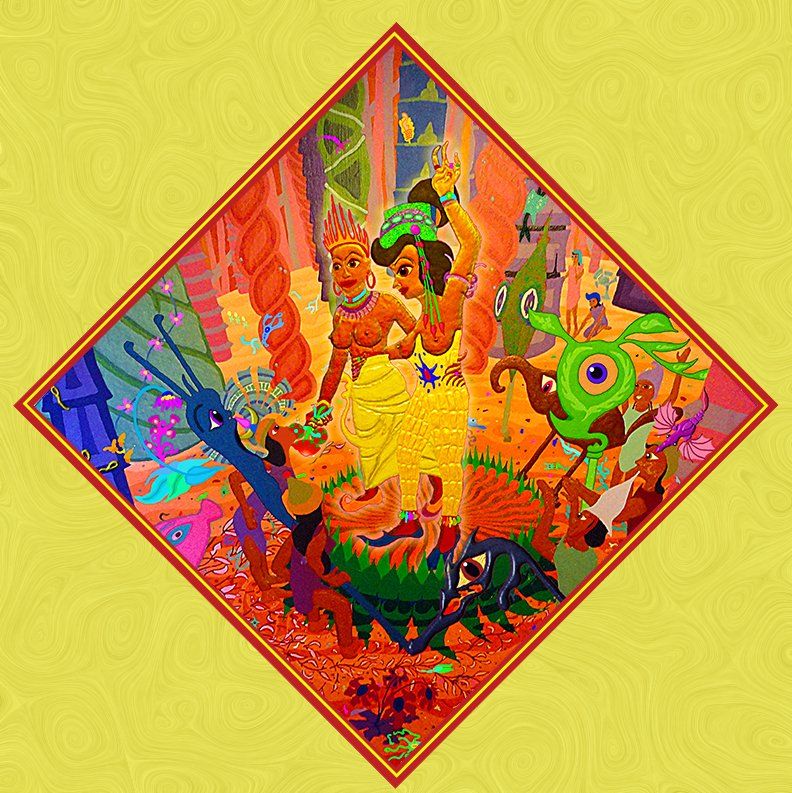








Servant Ranks
Submissively Venerating
An Invocate or, on occasion, an Operant, seated within the deepest circle of the provincial equivalent of the Chancellery Ministry. As with all provincial ministries, they serve under the guidance of the Cluster-of-Clusters National Governance of Upata-Shepsus, except for the Cycles and Ceremonies Ministry, which are based in the ‘Sister City’ of Bhampay. The Submissively Venerating oversees all mandated activities of their province and coordinates with neighbouring provinces in accordance with all Majastas directives. All members of the Submissively Venerating’s Circle of Eight are also Invocates (usually of the Everlastingly Serving rank, see immediately below) and are linked to other Invocate Circles within this and other ministries. This office is also defined by its use of the ‘Adoption Conventions’ for selecting a successor.
The only exception to these general rules during the Secondary Epoch took place a century prior to the Ceremonial Walk of the Danam Yelda. During these unusual circumstances, Majastas Mustamu the Second sequestered all Invocates leading up to the crescendo of events surrounding the emergence of the Danam Yelda (details found on the Dalinantu Emergence Page and elsewhere).
Everlastingly Serving
These often form the remainder of the Submissively Venerating's circle or series of circles. Only those circles of notable depth who carry out significant responsibilities receive this title. This honourific covers most of the primary circles of all eight ministries housed within each provincial centre’s Eight Ministry Campus and has access to the Annular Chamber. This depth designation and that of the Submissively Venerating are only found within governance circles of a provincial centre. The eight Ministries have many circles attending them, usually under the title ‘Major,' i.e. Chancellery Major. Not all of these servants are Invocates or Operants. However, those heading up the Maja circles are usually designated as Everlastingly Serving and receive direct instruction for their circle. Tradition dictates that an Everlastingly Servings’ robes be of combined dark blue and green hues with a matching general half or full mask.
Superior Servant
While of less depth to the above designations, this general term applies to various services for those in more profound authority on the periphery or outside the governance realm. Superior Servants are designated in mature Ripe Adulthood as a mark of decades of exemplifying the virtue of ‘Service Supersedes Self’ in various uses.
Distinguished Servant
As the title suggests, this is an honorific given out to any serving within the Cluster-of-Clusters Nation deemed worthy of the appelation. Unlike deeper rankings, such preferments are often designated by a neighbouring cluster or, more commonly, by the surrounding Encirclement. While more modest than the other rankings, a Distinguished Servant may be noted as a possible candidate for the profound designation of ‘Cluster-of-Clusters Treasure’ as determined by various specialized Masters of their given field. Well-established clusters in urban settings commonly have several members, often Elders, who have been honoured with this nomination.

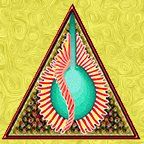
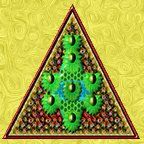
Yeldic Mantle Museums
The Danam Yelda, inheriting the same Capital Region of Upata-Shepsus from the most-ancient Tolku, have since repopulated small portions of The Grand Interior with Mantle Museums of their Danam Yeldic Majastas Dynasties. They also safeguarded certain Primary Epoch monuments that survived the Second Suvuka Onslaught, which devastated Statos-Vey. The chief abiding monument was the Anu Cluster Event Chamber, deep underground. Thus, the Danam Yelda returned Upata-Shepsus to its role as a revered repository of the entire Majastas Legacy and place of pilgrimage.
The icon for the Areatha District, the third of the four districts running north to south inside the Grand Interior, is shown. During the Primary and Secondary Epochs, this region was the traditional home of most Mantle Museums. The Funomanru Dynasty divided the Grand Interior into four Districts with straight borders running east to west. Each of these districts is roughly two hundred and eighty andas from their northern to the southern border. The Turms District commences inside the north wall and has always been the home of the ministries. The ‘Mid-North District’ of ‘Ethausva’ contains The Plateau and most ceremonial structures. The ‘Areatha District’ comes next, filling the Mid-South region. The ‘Tages District’ ends at the southern inner wall and is the most fertile. The significance of these names has been lost to time.
Danam Yeldic Disturbance icon
This illustrates the Danam Yelda radically departing from the Venerable Koru’s icon precedent. It was fashioned during the reign of the first Majastas of the Shamastrata Dynasty, who oversaw the first years of the Emaxul Age. The unprecedented fifty-eight years between the last Majastas of the Nantu Age, Majastas Kety-Varkara II, and the first Majastas of the Emaxul Age represents the single most extended Moment of Disturbance in recorded history of either the Primary or Secondary Epochs. The horrors of chaos were avoided by the unwavering service of the Variothya, who even conducted five Decennial Census during this period. Majastas Shamastrata I commends all eight Majastas Ministries for maintaining order and continuing all aspects of the administration of the Cluster-of-Clusters Nation, declaring they possessed one of the highest of all Maja Qualities – ‘Steadfastness.’
“While there were many disruptions, our Variothya ensured our Majastas Institutions and our Decennial Census continued to serve the Danam Yeldic State. Our Danam Yeldic Calendar is broken in two, but many things continue without pause. Let our census be one symbol of that continuity.”
This dynamic icon shows one symbol of the Mantle of Tatchlan, the Blue Star exiting, and another entering the formation. Between them stands an inverted star intended to show the Disturbance between the two Mantles, and in this case, Danam Yeldic Ages.
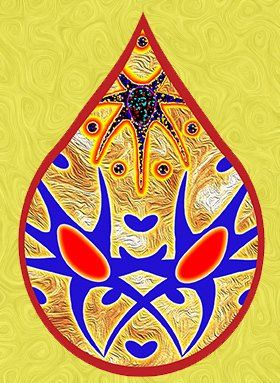
Perhaps the most extraordinary manifestation of this Disturbance was the emergence of what would be known as the ‘Pastoral Yelda.’ A tiny portion of the Danam Yeldic Cluster-of-Cluster’s Nation Separated from their circles and clusters and began to wander in large herds in southern Rho-Jashun. They were characterized at the time as having ‘gently lost their minds,’ speaking in a strange sing-song fashion and taking up herding and gathering. While the population mostly died away naturally with the return of the Mantle, small numbers, both descendants and the occasional Separated cluster-mate from Statos-Vey, ensured this aberrant culture continued for several centuries into the Emaxul Age.
Not all Moments of Disturbance have had such dramatic effect, nor have the results always been viewed at the time as an immediate benefit. They may also be challenging and disruptive. Yet, with the maturing passages of subsequent centuries, they are seen as crucial to future developments.
